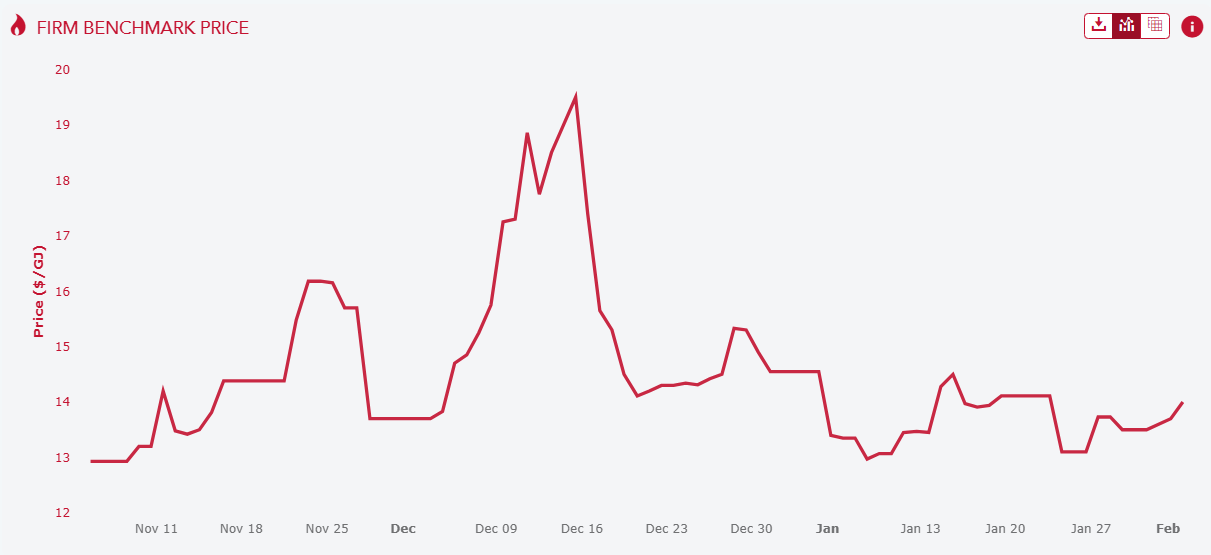It is happening in real-time in front of our faces.
Emergency alerts about a shortage of electricity reserves hit an all-time record for a last quarter of the year in 2024, new data has revealed, as NSW’s two largest coal power stations suffered a spate of debilitating faults.
The Australian Energy Market Operator issued 144 so-called Lack of Reserve alarms for the three months ended December 31, a threshold breached when either demand spikes due to adverse weather or when electricity supplies ebb – typically due to a fault.
The number of these alerts over the final three months of 2024 was the highest number for the final quarter since AEMO begun publishing figures in 2018.
It was also the third highest for any quarter since winter 2022 when the market was plunged into chaos amid a global energy crisis and the third highest.
Q4 is the demand off-season! You do the math.
Prices have never been this high in the Q4 off-season (outside of the Ukraine War). So far, they are even worse in Q1, up well over double.

Futures are better priced for Q1, 2025 but I have no idea why. LNG imports will have begun, and the gas export cartel will further restrict local supply to drive prices to import parity.

As we know, gas sets the marginal cost of electricity.
The latest pricing for LNG imports on twelve-month futures is still a $25Gj delivered minimum, 78% higher than today’s obscene local prices.

2026 will bring ever more coal breakdowns and ever less cheap local gas to back up renewables.
The Australian energy superidiot is hurtling into disaster.


